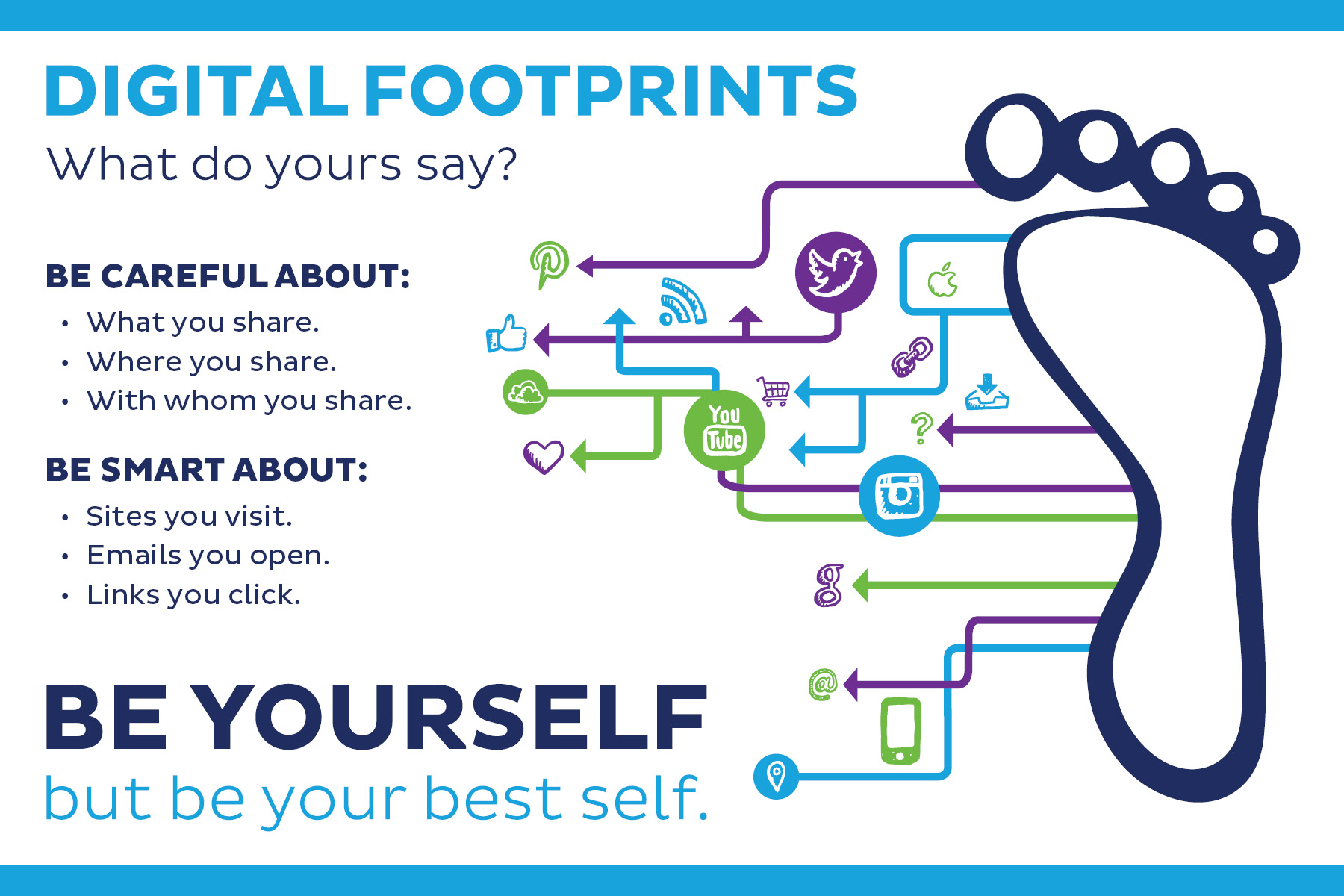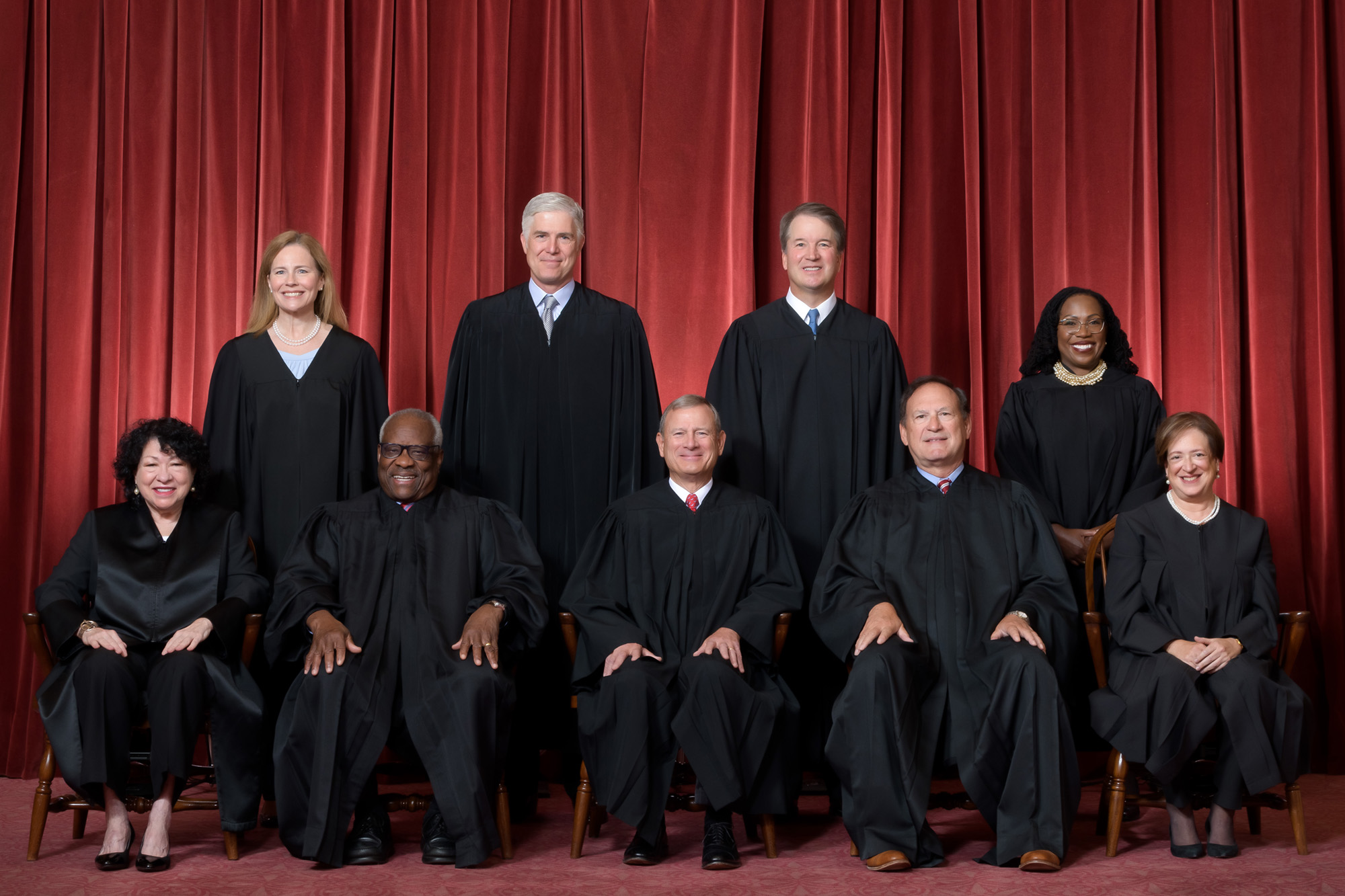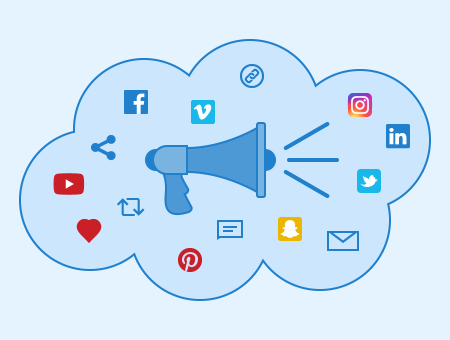I watched a series of TED Talk videos that all discussed privacy online. There were three talks in particular that stood out to me and presented valuable information that every online user should know about privacy online.
In one video, Juan Enriquez compared your digital footprint to a tattoo. (When I say digital footprint I mean all of the information that is collected from your social media, credit card, cell phone, and GPS usage, amongst many other things that are digital) Just as a tattoo says something about you, so does your digital footprint. Enriquez says it is becoming increasingly easier for people to access information about you on the internet because of things like facial recognition and trackers.
In another video, Andy Yen discussed how he helped create something called ProtonMail, which allows people to email privately. ProtonMail uses encryption to keep servers from viewing the information people send in an email. Although the system uses coding and encryption, the system is very user friendly.
The last video that stood out to me was the one where Finn Myrstad discusses how many people click that they agree to certain terms and conditions an online site has without reading them first. He says that this usually leads to people unknowingly giving the site permission to gather information about them. Finn Myrstad and his team decided to print out the terms of the apps on an average phone in order to read them aloud and see how long it would take. It took his team over thirty-one hours to read them all, which he says proves that it is unrealistic for consumers to read their apps’ terms and conditions in order to know what they are agreeing to.
I thought that it was very interesting and eye-opening to learn how our information is so easily viewed on the internet, whether we like it or not. So many people do not realize just how much the internet lacks privacy, and I think the lessons I learned through these videos are lessons every person should know.







